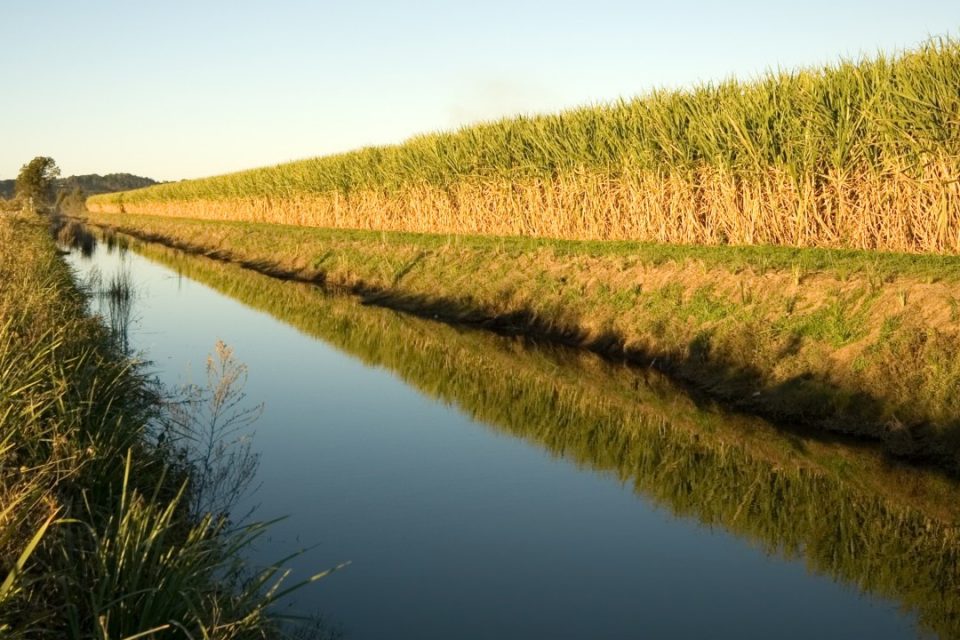We recently started working on a basin diagnostic of Shabelle in Somalia and needed to have a closer look at the performance of the large-public-gravity irrigation systems in the downstream reach of the river. It is not too good.
This observation is in line with a recent publication in Nature Sustainability (Higginbottom et al, 2021) on large-scale irrigation projects in sub-Saharan Africa (SSA). Based on a study of 79 large public schemes, the authors conclude:
- Most schemes deteriorated post-construction.
- There is a non-trivial likelihood that schemes completely stop operating.
- The actual irrigated area is consistently lower than what was planned, often by a very substantial percentage.
- The performance of most schemes has not improved, even after six decades.
The persistent underperformance of large state-backed gravity irrigation schemes is worrying. We are clearly doing something wrong. Understanding what this could be is important.
The need for secure water supply
Moisture deficits at critical points during plant growth are a key reason for the persistent—and large—yield gap in agriculture in sub-Saharan Africa. Without secure water supply, farmers are unwilling to invest in fertilizer, high-yielding cultivars, and other agricultural inputs that are at the basis of agricultural modernization.
Hence irrigation has long been emphasized as the solution for agricultural intensification and food security. It would also increase resilience to the impacts of climate change.
Correspondingly, the Dakar Declaration signed in 2013 committed to developing 600,000 ha of irrigated land in SSA. Costs are estimated at some 7 billion USD, which translate in just over 10,000 US$ per hectare. That is a lot of money. Thus, before making this investment, it would be useful to understand what has caused the underperformance of the existing large public schemes.
Underperformance of large-scale public irrigation in SSA
Higginbottom et al attribute the failure of large-scale public irrigation to (among other factors):
- Inadequate political and management framework.
- Cultivation of low-value crops that reduce economic viability.
- Water agencies lack the technical skills, local knowhow, and financial resources to ensure long-term maintenance and operation of large irrigation schemes.
These observations, combined with our findings in Shabelle, were translated into a causal diagram.

Some observations:
Where sediment load is high—and this is almost everywhere in the arid, semi-arid, and sub-humid regions in SSA—gravity irrigation will require considerable maintenance, sometimes on an annual basis. This is (very) expensive but also requires a functioning management structure.
A centralized water delivery system is risky when rivers have high sediment loads. Siltation of canals and control structures could lead to cascading failure of water delivery and could cut-off entire downstream blocks. In that case, these downstream areas are often (effectively) abandoned.
To ensure long-term sustainability, it is essential that the irrigation scheme is profitable and generates adequate financial surplus. Thus, scheme sustainability not only depends on secure and effective water delivery, but also on the agro-support system, value chain, trade opportunities, and other aspects that strengthen the economic viability of irrigated agriculture.
For large, centralized irrigation systems, government effectiveness is a major determinant of the success or failure of the scheme. Government—at the appropriate level—will play a role in water allocation, securing budgets for operation and maintenance, and facilitating the value-chain that generates the financial resources to sustain the system.

Some reflections:
- If state capacity is inadequate, it is risky (for now) to introduce large scale irrigation with a centralized water delivery system.
- Likewise, if budgets for maintenance cannot be guaranteed, it is risky to introduce gravity irrigation—based on a centralized canal system without redundancies—that is supplied by rivers with high sediment load.
- If low-value staple grains are prioritized (to ensure food security), it is unlikely that the scheme will generate the financial surplus needed for its maintenance; hence it will require subsidies or other outside funding, or periodic (full) rehabilitation; a proper balance between cash and food crops—as a function of the prevailing climatological conditions—could achieve both financial sustainability and food security.
‘optionality is the foundation of resilience’
The above suggests that in many circumstances, a collection of smaller, less complex, and more autonomous schemes—without much government involvement—is more viable and resilient than a single large public project.
Thus, for now, large scale public gravity irrigation seems to be more ‘problem’ than ‘solution’.
| Causal Diagrams Increasing the understanding of a complex system requires a systematic approach. Causal diagrams have proven effective in conceptualizing and visualizing the cause-effect structure of a complex problem. The diagrams enable communication of the system dynamics to a larger audience. They also help to identify and analyze intervention options. |
REFERENCE: Higginbottom, T.P., Adhikari, R., Dimova, R. et al. Performance of large-scale irrigation projects in sub-Saharan Africa. Nat Sustain (2021). https://doi.org/10.1038/s41893-020-00670-7
